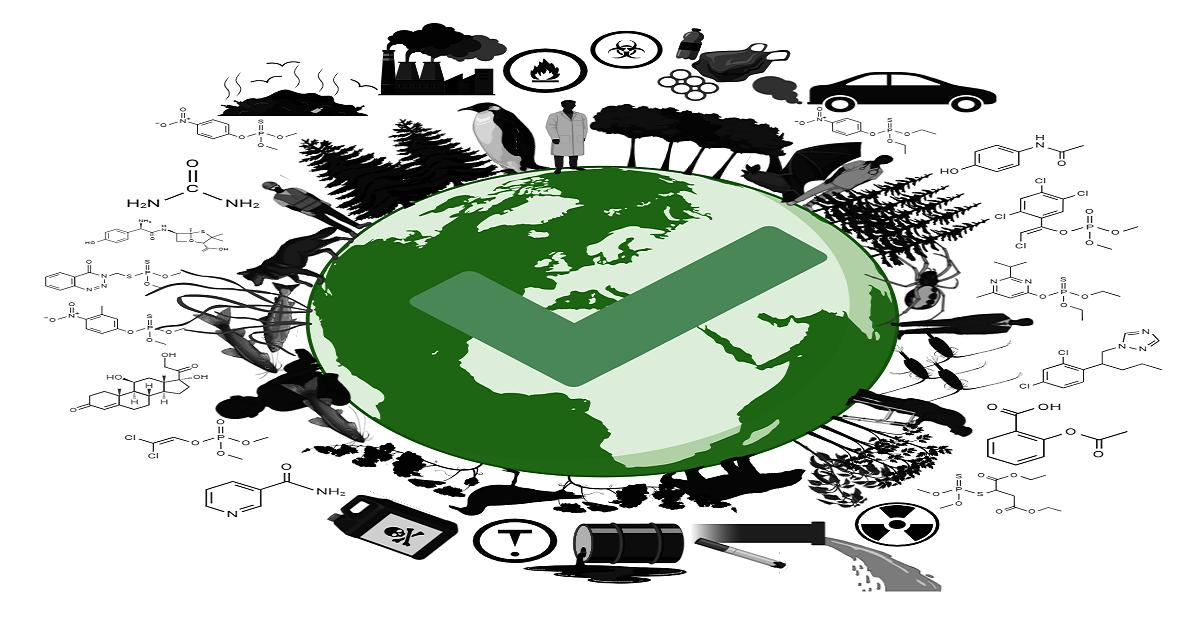- 4.1Impact Factor
- 6.4CiteScore
- 19 daysTime to First Decision
Emerging Methodologies in Toxicology for Environmental Safety Assessment
Special Issue Information
Dear Colleagues,
The number of new substances and products being introduced into our daily lives is rapidly increasing and the rate of emergence continues to accelerate. However, the methods available to evaluate their safety are not keeping pace. This widening gap between the need for safety assessments and the capacity to conduct them highlights the urgent necessity for a fundamental shift in toxicology evaluation methods, a shift from primarily in vivo animal studies to in silico assessments, in vitro assays, in vivo assays with lower organisms, and computational modeling for toxicity assessments. Thus, emerging methodologies, such as toxicogenomics, high-throughput screening (HTS) techniques, new approach methodologies (NAMs), and predictive computational models—as well as integrated testing strategies such as adverse outcome pathways (AOPs) or integrated approaches for testing and assessment (IATA) in toxicology—are transforming environmental safety assessments by enhancing our understanding of how contaminants affect humans health and ecosystems. These innovative approaches aim to enhance the precision and efficiency of environmental safety assessments, contributing to more informed decision-making in public health and environmental protection.
As the landscape of toxicology rapidly evolves, the need for safety assessment methods has never been more critical. This Special Issue provides a platform for scientists to showcase cutting-edge research on emerging methodologies. By contributing with your work, you will help shape the future of environmental safety assessment, drive regulatory advancements, and foster a paradigm shift toward more predictive, ethical, and high-impact toxicology. Join us here in advancing science for a safer and more sustainable world!
Dr. Melissa Faria
Dr. Juliette Bedrossiantz
Dr. Miguel Oliveira
Guest Editors
Manuscript Submission Information
Manuscripts should be submitted online at www.mdpi.com by registering and logging in to this website. Once you are registered, click here to go to the submission form. Manuscripts can be submitted until the deadline. All submissions that pass pre-check are peer-reviewed. Accepted papers will be published continuously in the journal (as soon as accepted) and will be listed together on the special issue website. Research articles, review articles as well as short communications are invited. For planned papers, a title and short abstract (about 250 words) can be sent to the Editorial Office for assessment.
Submitted manuscripts should not have been published previously, nor be under consideration for publication elsewhere (except conference proceedings papers). All manuscripts are thoroughly refereed through a single-blind peer-review process. A guide for authors and other relevant information for submission of manuscripts is available on the Instructions for Authors page. Toxics is an international peer-reviewed open access monthly journal published by MDPI.
Please visit the Instructions for Authors page before submitting a manuscript. The Article Processing Charge (APC) for publication in this open access journal is 2600 CHF (Swiss Francs). Submitted papers should be well formatted and use good English. Authors may use MDPI's English editing service prior to publication or during author revisions.
Keywords
- toxicology
- chemical safety
- emerging contaminants
- integrated approaches
- predictive modeling
- new methodology approaches
- high-throughput screening
- adverse-outcome pathways
- risk assessment
- One Health

Benefits of Publishing in a Special Issue
- Ease of navigation: Grouping papers by topic helps scholars navigate broad scope journals more efficiently.
- Greater discoverability: Special Issues support the reach and impact of scientific research. Articles in Special Issues are more discoverable and cited more frequently.
- Expansion of research network: Special Issues facilitate connections among authors, fostering scientific collaborations.
- External promotion: Articles in Special Issues are often promoted through the journal's social media, increasing their visibility.
- e-Book format: Special Issues with more than 10 articles can be published as dedicated e-books, ensuring wide and rapid dissemination.

